Common Electrical Enclosure Types and Practical Uses
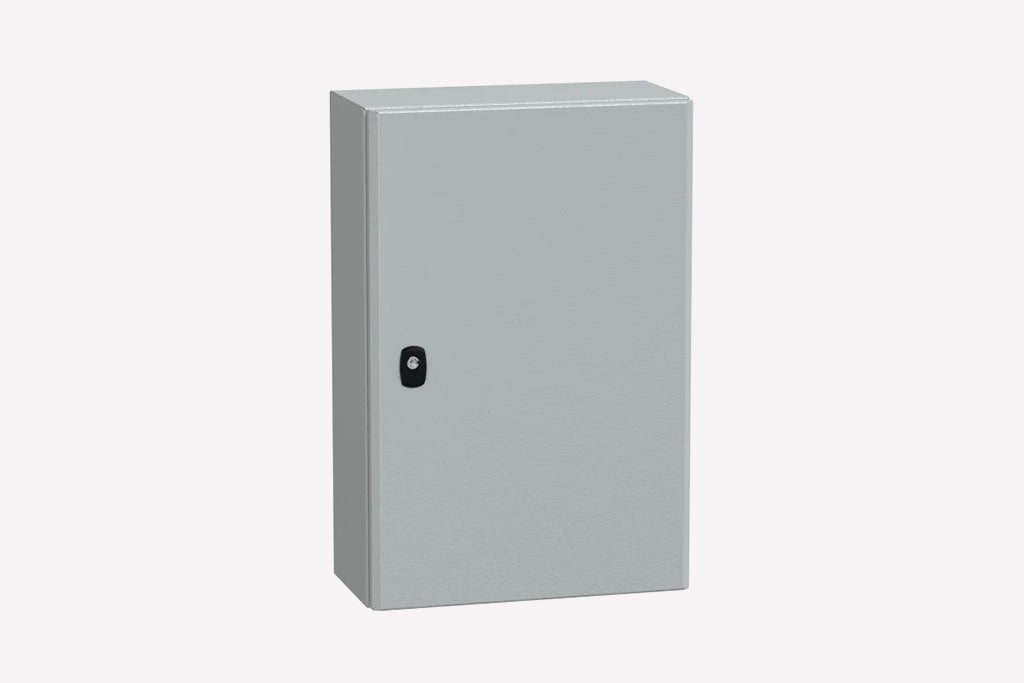
Electronic equipment is not for everyone to be dealt with. So, big circuits, contactors, control panels in industries or distribution boards often have a warning or danger sign. An electrical enclosure is used to house this electronic equipment and protect them from external environmental damage. It is a cabinet that also mounts switches, and knobs and has a display. An electrical enclosure is a cabinet or box made from rigid plastic, steel or aluminium that protects electrical or electronic. And every electrical enclosure comes with a standard-rated designation by National Electrical Manufacturers Association (NEMA) that makes it suitable to use for varying applications.
An electrical enclosure is a must to protect workers from an electrical shock or propagation in case of an explosion. These enclosures are rated to protect against hazardous, non-hazardous, and other specific environmental conditions like water, dust, corrosion, fumes etc. In this article, we will learn about common electrical enclosure types and their practical uses.
Enclosures are used to protect electrical equipment in the diverse building, industrial, and utility applications. The enclosures additionally shield the equipment from electromagnetic and radio frequency interference. Panel boards, purging equipment, telephone cabinets, control panels and circuit breakers are required to have electrical enclosures. They are all designed to prevent accidental contact with installed electrical components and to protect all equipment from the possibility of theft or tampering. The NEMA has over ten types of electrical enclosures for hazardous and non-hazardous locations. So, while choosing an electrical enclosure, one must be careful about the possible threats the equipment faces and which enclosure is more suitable for your application.
Read More: Smart Lighting For A Better Home
All NEMA enclosures are designed to offer protection of all your valuable electronic equipment in varying degrees and environmental conditions. The different types of electrical enclosures are as under:
Type 1: General Purpose (Indoors)
These enclosures are suited for indoor usage and provide a lower degree of protection against accidental contact or dust accumulation.
Type 2: Driptight
The Type 2 enclosure protects against small amounts of dripping water or splashing of liquids. It also offers a degree of protection from falling dirt.
Type 5: Dust and Drip Proof
This is constructed for indoor application to protect against accidental contact, airborne dust, lint, fibers and dripping liquids.
Type 6: Submersible, Water and Dust-tight
These electrical enclosures can be used indoors as well as outdoors. They protect against falling dirt, hose-directed water and temporary submersion in case of extreme weather like storm or hurricanes. They can protect against a limited depth or external formation of ice on the enclosure. The Type 6P enclosure is made for a higher degree of protection, suited for outdoor and prolonged submersion.
Type 7,8,9,10: All these electrical enclosures are made for outdoor equipment in hazardous locations. NEMA further groups them into categories for indoor/outdoor usage. The Type 10 enclosure must meet the requirements of the Mine Safety and Health Administration.
Related Read: Protecting Devices That Make Your Life Easier
What is a Type 3 and Type 4 enclosure?
The Type 3 and Type 4 enclosure has more sub-classifications.
Type 3: Made for indoor and outdoor use, it protects against rain, sleet and airborne dust. It provides a degree of protection against access to hazardous parts of the equipment. Although these can be used outdoors, they are not suitable for harsh weather conditions.
Type 3R: Similar to the basic type 3, it is suited for rain-tight and sleet resistance outdoors. This electrical enclosure will be undamaged by the external formation of ice on it.
Type 3SX: Other than the basic protection against rain, sleet and dust, this type offers an additional level of protection against corrosion. Designed for the outdoors, these enclosures will also allow the operation of external mechanisms when it is ice laden.
Type 4: This enclosure is constructed for both indoor and outdoor use. It protects against dust, splashing water, windblown particles, rain, and hose-directed water. These will also be undamaged by the external formation of ice on the enclosure.
Type 4X: Made for indoor or outdoor use for protection against access to hazardous parts. They provide protection to equipment against windblown dust, rain, hose-directed water and snow. They provide an additional level of protection from corrosion.
Which is the most common type of enclosure used in residential wiring?
Except Type 7, 8, 9 and 10, all kinds of electrical enclosures are suited for indoor and outdoor purposes. The Type 1 electrical enclosure offers the least level of protection of any of the NEMA enclosures. But it is commonly used for indoor electrical equipment in homes. It is also cost-effective when installed in non-hazardous places. For areas that experience excessive moisture, the Type 2 electrical enclosure is suitable as it provides an additional layer against dripping water. Corrosion is also a common issue in such places, so corrosion-resistant enclosures like Type 3 and 4 are suited for such applications.
Choosing the type of enclosure depends on the location, weather conditions and the hi-tech equipment that is being used in the circuit. For the best quality and make of electronic enclosures, consider products from Schneider Electric.
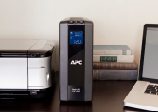
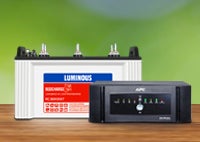

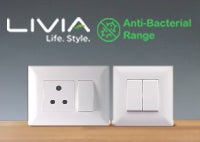
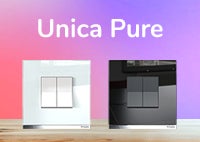
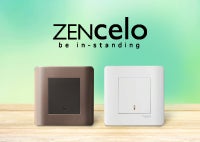
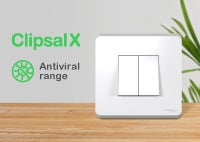
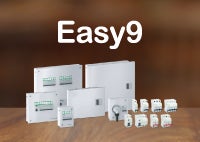
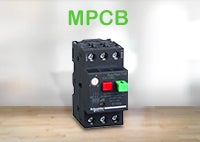
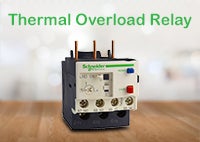
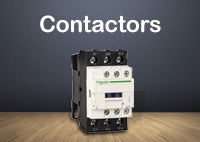
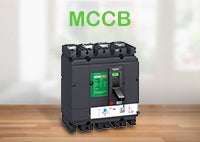
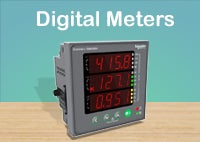
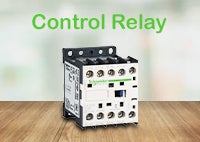
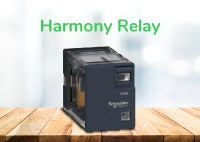
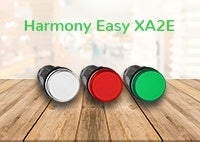
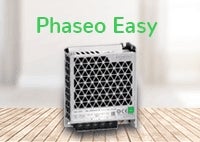
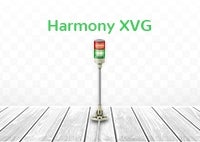
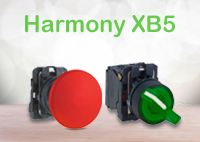
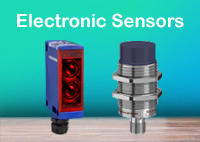
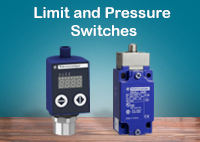
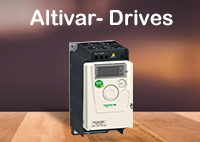

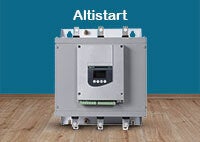

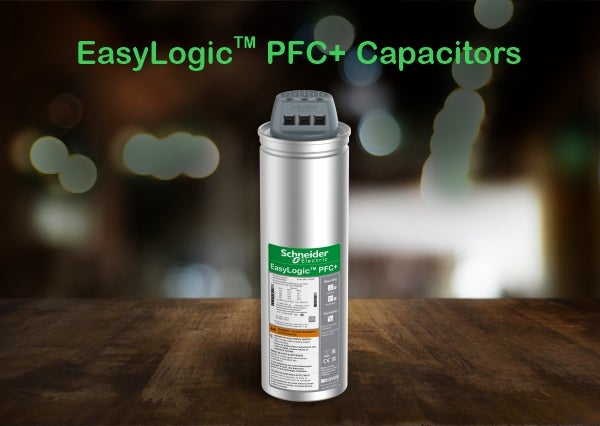
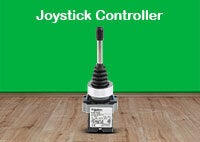
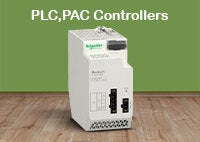
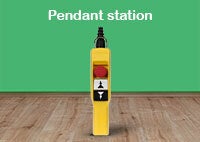




Comments